Canon’s EOS R1 has been a hit across the board for a flagship camera. The initial reactions from the usual suspects wasn’t all that positive, but people that have the use case and don’t pay attention to the hyperbole knew how good it was from the start.
Readout speed has become one of the specifications in camera performance that people like to lean on, it does matter, even if to just fight on the internet about milliseconds.
TODAY ONLY Canon EOS R1 $5799 (Reg $6299)
Also includes a free Canon LP-E19 Battery ($325 value)
What is impressive here is the Canon EOS R1 is 50% faster than the next fastest consumer mirrorless camera without a rolling shutter according to CineD.
CineD has completed their lab tests for the Canon EOS R1 for both readout speeds at various resolutions and framerates as well as dynamic range. CineD is my favourite place to get these sorts of results because they actually have the camera in hand, unlike other places with this sort of information.
- 24MP Full-Frame Stacked BSI CMOS
- DIGIC Accelerator + DIGIC X Processing
- Dual Pixel AF with Action Priority
- Improved Eye Control AF
- 6K 60 Raw & 4K 120 10-Bit
- Up to 40 fps
- Pre-Continuous Shoot Mode
- 9.44m-Dot 0.9x EVF, OVF Sim.
- 3.0" 2.1m-Dot Vari-Angle Touch LCD
- Vertical Grip, 2x CFexpress Type B Slots
- Wi-Fi 6E, 2.5G Base-T Wired Ethernet
Rolling Shutter
CIneD tests every brand and camera they feel like doing, and we had been eager to see what they found in their testing. The testing methodology uses a 300hz strobe light, which is what they have always done, so comparisons to other cameras is consistent.
A rolling shutter is a method of image capture where the image sensor reads out the frame line by line, rather than capturing the entire frame simultaneously
Starting with the CRAW 6K 25p, the camera showed a very good readout speed of 8.3ms, which was the same readout speed as 4K fine, which is even a little quicker than the Cinena EOS C400 which hit 9.5ms according to CineD
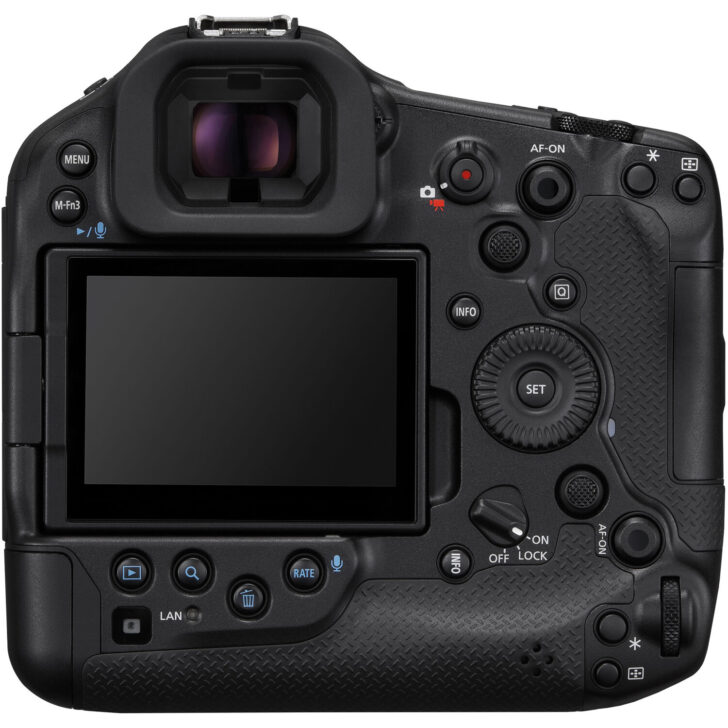
“Astonishing”
That is not a word thrown around very often in these parts, but in 4K 120P, the EOS R1 achieved a readout speed of 4.1ms! That’s nearly 50% faster than the Sony a1 II at the same resolution and frame rate.
Keep in mind, these tests only consider video shooting, and CineD doesn’t do any sort of testing for the photography side of things. There are resources out there that do publish results, but I don’t like that they don’t always have the camera in hand to do the testing. That just doesn’t work for me as a testing methodology.
All I can say about stills and the EOS R1, it’s much faster than the EOS R3 and I don’t need to consider using the mechanical shutter anymore. With stills photography, you also have to consider the bit depth, that’s going to lower the readout speed compared to 10bit video.
Canon uses a dual ramp to help speed things up but there is still a correlation between bit depth and time to read. For a lot of cameras out there, when you switch to electronic shutter, the bit depth drops. That is done to speed up the readout speed.
If the EOS R1 can hit the level of “astonishing” for 4K 120p video, the EOS R1 is fast everywhere. There’s a meme I really wanted to put in the article, but squarer heads prevailed.
Dynamic Range
Dyanamic range is also a measurement that does matter to people, and I think in video it’s even more important. Again, the EOS R1 hit the top of the list, even surpassing the Cinema EOS C400.
I have never really cared about dynamic range for photography, but there may be some types of shooting that I don’t do in which I would.
According to CineD, the Canon EOS R1 has 9 stops of latitude, which puts it on par with the Sony a9 III and Panasonic Lumix S1 II, which is also an impressive feat. If you want to hit double digits, you’ll have to look at a couple of the ARRI cameras.
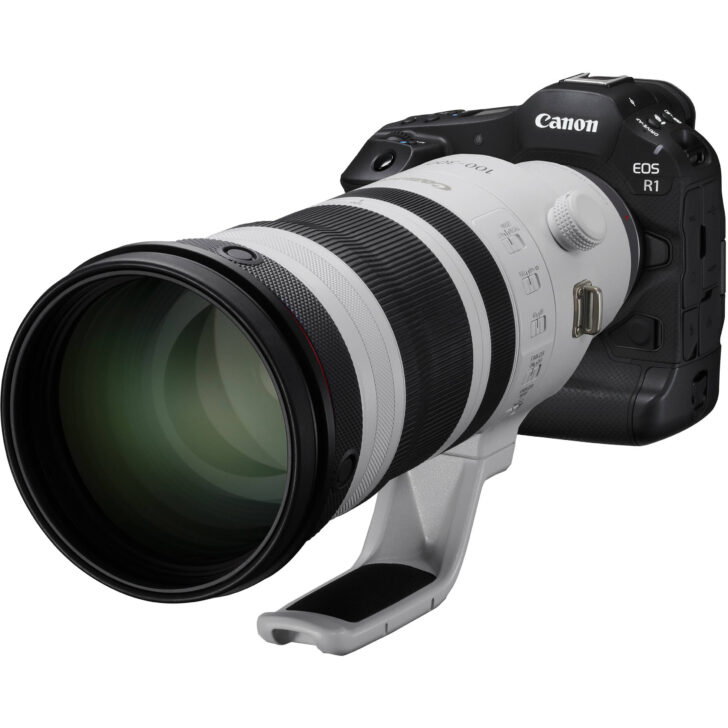
Global Shutter
There’s no doubt that Canon will move to a global shutter in the future. It’s almost a guarantee you’re going to see both the EOS R1 Mark II and EOS R5 Mark III move on from both the mechanical shutter and rolling shutter sensors.
Canon is Canon though, and when it comes to their flagship cameras, they have their own high expectations. Canon has been developing global shutter sensors for a long time. Canon just has a standard they don’t feel they have reached yet.
Summary
Canon made choices for the EOS R1 based on direct input from high-end professional Canon photographers. High readout speed, great dynamic range and the best autofocus system the world has ever seen, along with all of the other great evolutionary things we come to expect from new 1 series cameras.
It always goes back to Roger’s Law of New Products
Unfortunately, these days the Option B is a lot of 0-day reviewers/YouTubers. First you have to hate it, then you have to love it, and then it turns out to just be a great product for the people that want it.
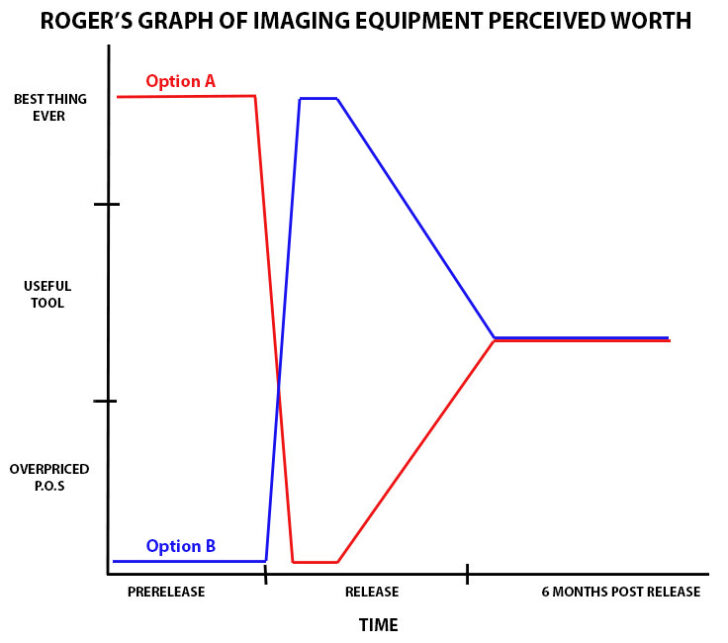
When you take the sum of all the parts of the Canon EOS R1 and put it in your hands and go shoot with it, I think the word “astonishing” works there too.
Be sure to head over to CineD and read the full lab tests results, there are so many pretty charts and graphs.
As for the comment section, please don’t start debating 24MP again. It’s been done, and we will delete any comments trying to start another pointless discussion on the topic.
- 24MP Full-Frame Stacked BSI CMOS
- DIGIC Accelerator + DIGIC X Processing
- Dual Pixel AF with Action Priority
- Improved Eye Control AF
- 6K 60 Raw & 4K 120 10-Bit
- Up to 40 fps
- Pre-Continuous Shoot Mode
- 9.44m-Dot 0.9x EVF, OVF Sim.
- 3.0" 2.1m-Dot Vari-Angle Touch LCD
- Vertical Grip, 2x CFexpress Type B Slots
- Wi-Fi 6E, 2.5G Base-T Wired Ethernet
Source: CineD
|
When you purchase through links on our site, we may earn an affiliate commission. Here's how it works. |


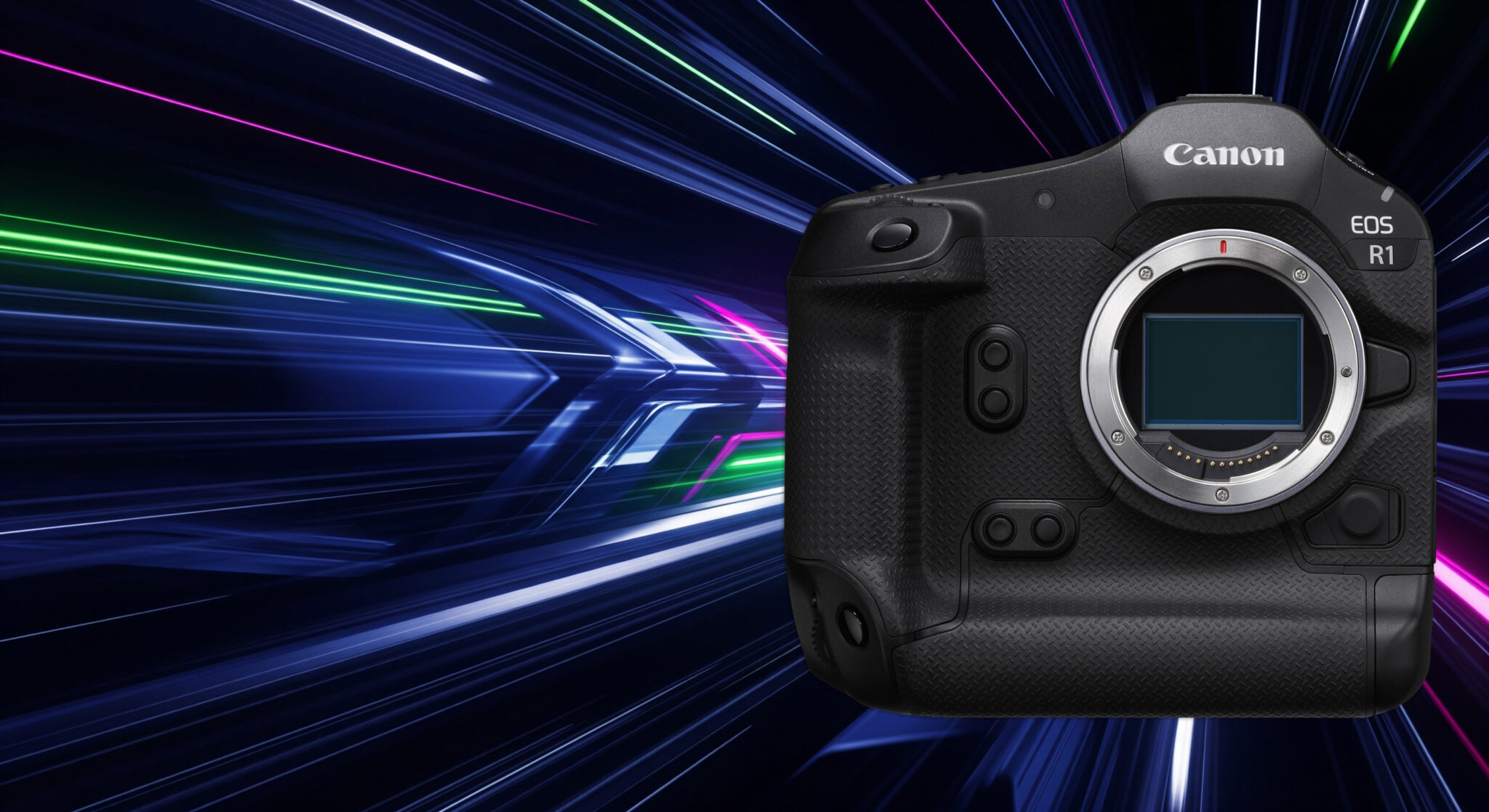


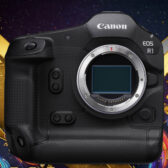
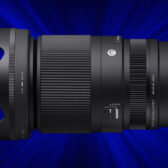
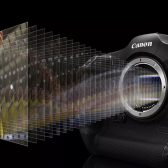
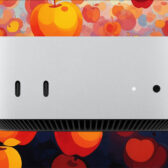
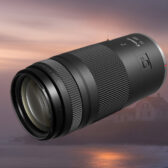
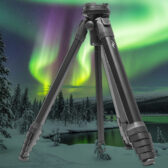

1-1.5 stops high ISO performance advantage over the R5II. I'm not afraid to shoot at 12,800 ISO and beyond
No... Canon still doesn't have a Speedlite lineup that makes any sense. That word applies!
I prefer more balanced, neutral reporting on any matter, including on Canons flagship.
And yes, I have it, and yes, I enjoy it very very much, but that doesn't mean it's the perfect camera, or that nothing critical can or should be said about it. At the top end, design decisions are always compromises in another area, and the R1 is no exception. Including design decisions regarding readout speed vs dynamic range, and ISO sensitivity/burst rate vs resolution.
It's always welcome to get more hard data, though. Thanks for reporting on that bit.
Where in the article did it say it was "perfect"? Or do you just want to be pedantic?
I would like more button mapping options, there are some tweaks to pre-capture that I'd like to see. That weird splash screen about movie.
I am going to say good stuff about a fantastic camera. That ain't bias. Go to PetaPixel if you want to see bias... it's a gleaming beacon there.
Maybe the word in the name of the site isn't understoond. It doesn't mean the weapon. So yes, there will be "fanboy" tones at times. If you haven't seen me be critical of Canon, which happens a lot. Then you just don't want to see it.
You're probably right that there's other places that are even more biased. You won't see me there.
Critical = Neutral ... Positive and excited = Not Neutral. My writing style is what it is. I can't believe I have actually written for a living. I was so bad in English class.
So... I think it's a you problem, and we line up a bit differently. I'll have the natural "fanboy" bias because I hate Sony.
So I may be a bit more snarky going forward, but it's in good fun. Except for that 75-300 :mad::p
Not to say the Canon was bad, but in every practical way, it felt essentially the same as my R3.
As for readout speed… nothing is faster than the A9III.